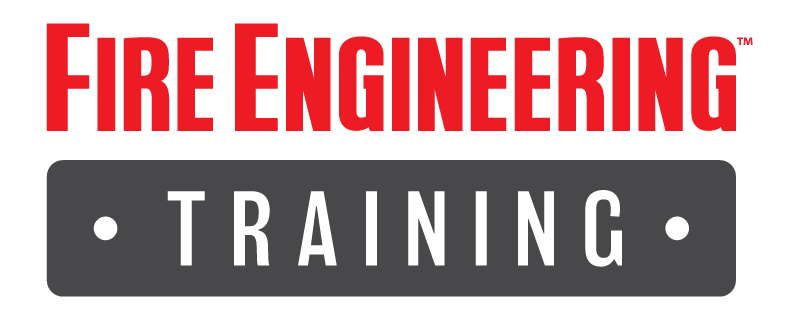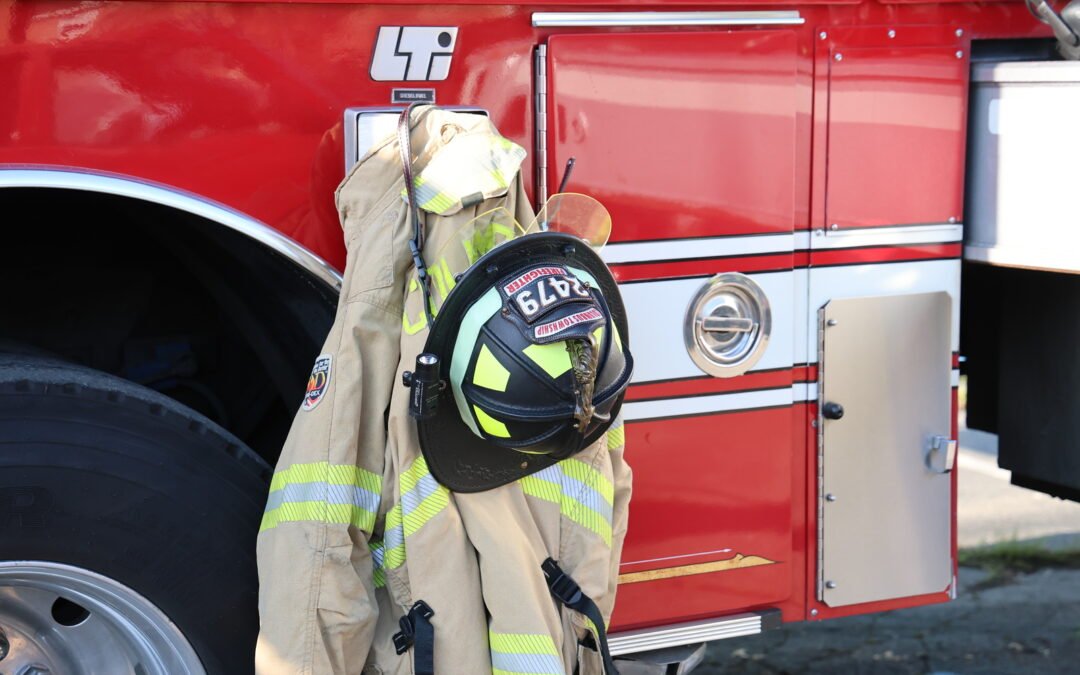As a Training Officer, you play a crucial role in your personnel’s ability to handle different situations on the fireground. In order to prepare them, you must first be prepared to lead training drills, create lesson plans, and encourage your personnel to complete training activities.
These tips can help you ease the anxieties of stepping into a new role.
Getting Started
- Evaluate Existing Programs: Assess the current training program’s effectiveness, including both teacher and student involvement.
- Needs Analysis: Conduct a thorough evaluation of training needs by analyzing reports and feedback to find areas for improvement.
- Collaborative Approach: Engage with officers and firefighters to align training goals and strategies.
Creating the Training Program
- Focus on Fundamentals: Prioritize core skills like line stretching and ladder work, which are critical for everyday firefighting operations.
- Use SOGs & Safety: Use Standard Operating Guidelines (SOGs) to structure training. Always incorporate safety planning into your drills, preparing for potential hazards.
- Create Detailed Lesson Plans: Ensure each training drill has a clear lesson plan covering objectives, equipment, and safety measures. Add variety to reach personnel with different learning styles. Be sure to align your training program with NFPA standards, fire & EMS state requirements, if applicable, and any OSHA regulations.
- Evaluate & Collaborate: Regularly assess your training program’s effectiveness. Meet with neighboring departments to talk through their training programs and the tactics they are focusing on. Be sure to ask your firefighters and officers to provide feedback to ensure your program aligns with their needs and goals.
Maintaining Growth & Quality Leadership
- Leadership & Mentorship: Lead with purpose. Coach and mentor your team while managing training programs effectively.
- Adaptability: Be flexible in overcoming challenges such as scheduling conflicts or budget constraints. Adjust plans based on circumstances like weather or emergencies.
- Continuous Learning: Stay on top of new technology and training tactics to help ensure your personnel are using the best practices.
- Networking: Build relationships with local businesses, mutual-aid partners, and other departments to access shared resources and best practices.
When stepping into a new role it is essential that you have the right tools to help set you and your team up for success. Learn how Fire Engineering Training can help you implement a training program that adapts to your needs.



